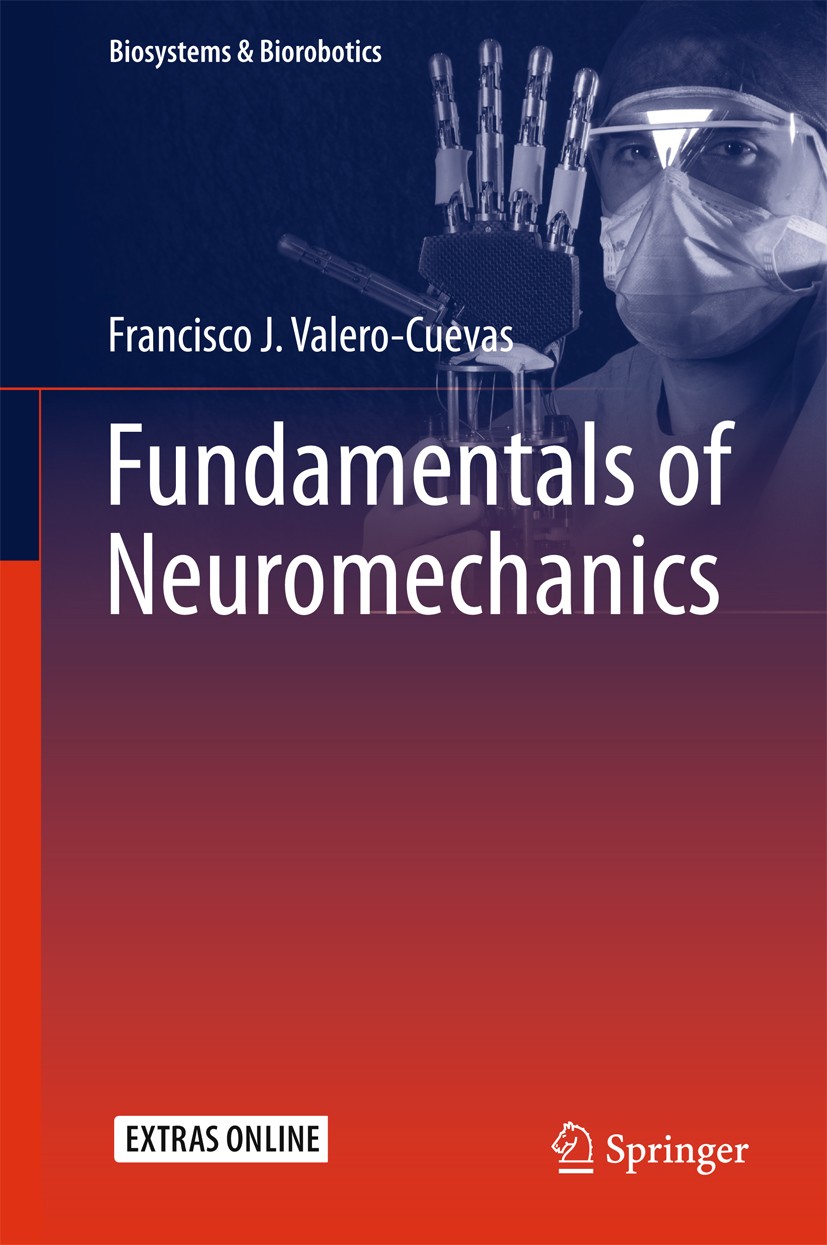| 书目名称 | Fundamentals of Neuromechanics | | 编辑 | Francisco J. Valero-Cuevas | | 视频video | http://file.papertrans.cn/351/350418/350418.mp4 | | 概述 | Offers step-by-step procedures to create neuro-musculo-skeletal models, to understand function, versatility and disability, and innovative robotic designs.Broadens your understanding of the complex in | | 丛书名称 | Biosystems & Biorobotics | | 图书封面 |  | | 描述 | This book provides a conceptual and computational framework to study how the nervous system exploits the anatomical properties of limbs to produce mechanical function. The study of the neural control of limbs has historically emphasized the use of optimization to find solutions to the muscle redundancy problem. That is, how does the nervous system select a specific muscle coordination pattern when the many muscles of a limb allow for multiple solutions? .I revisit this problem from the emerging perspective of neuromechanics that emphasizes finding and implementing families of feasible solutions, instead of a single and unique optimal solution. Those families of feasible solutions emerge naturally from the interactions among the feasible neural commands, anatomy of the limb, and constraints of the task. Such alternative perspective to the neural control of limb function is not only biologically plausible, but sheds light on the most central tenets and debates in the fields of neural control, robotics, rehabilitation, and brain-body co-evolutionary adaptations. This perspective developed from courses I taught to engineers and life scientists at Cornell University and the University o | | 出版日期 | Textbook 2016 | | 关键词 | Computational Geometry; Musculoskeletal structure; Neural Control; Neuroscience; Robotics | | 版次 | 1 | | doi | https://doi.org/10.1007/978-1-4471-6747-1 | | isbn_softcover | 978-1-4471-7089-1 | | isbn_ebook | 978-1-4471-6747-1Series ISSN 2195-3562 Series E-ISSN 2195-3570 | | issn_series | 2195-3562 | | copyright | Springer-Verlag London 2016 |
The information of publication is updating

|
|
 |Archiver|手机版|小黑屋|
派博传思国际
( 京公网安备110108008328)
GMT+8, 2025-11-13 23:24
|Archiver|手机版|小黑屋|
派博传思国际
( 京公网安备110108008328)
GMT+8, 2025-11-13 23:24


